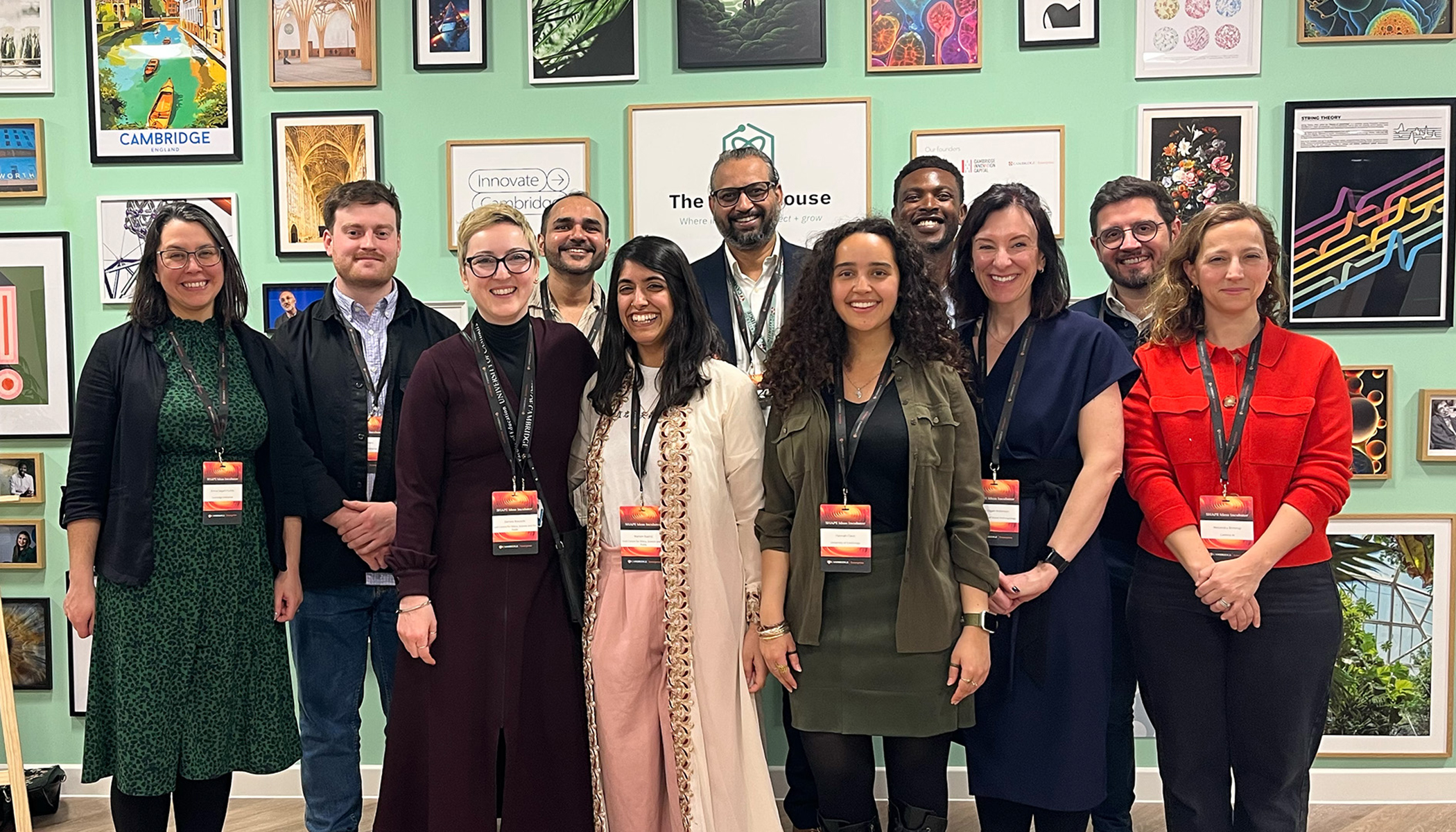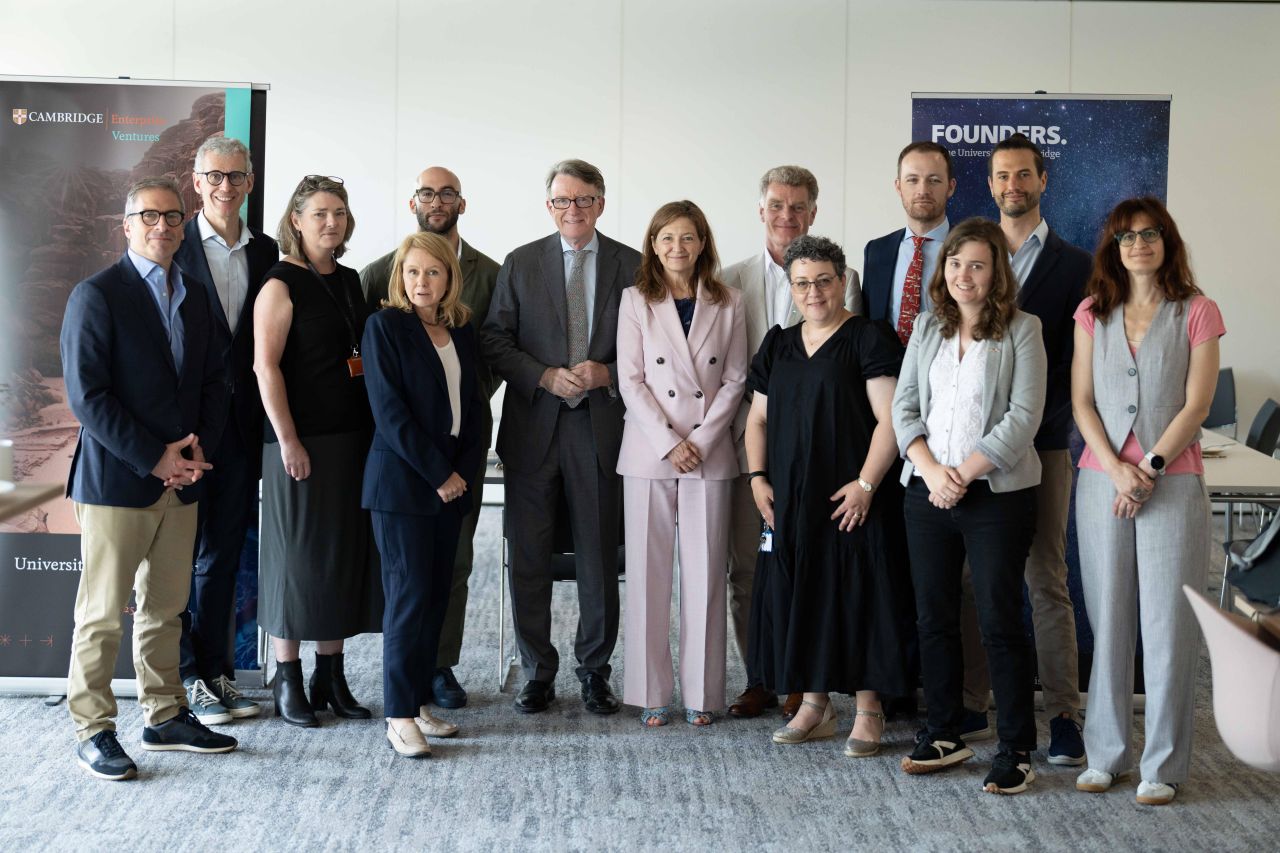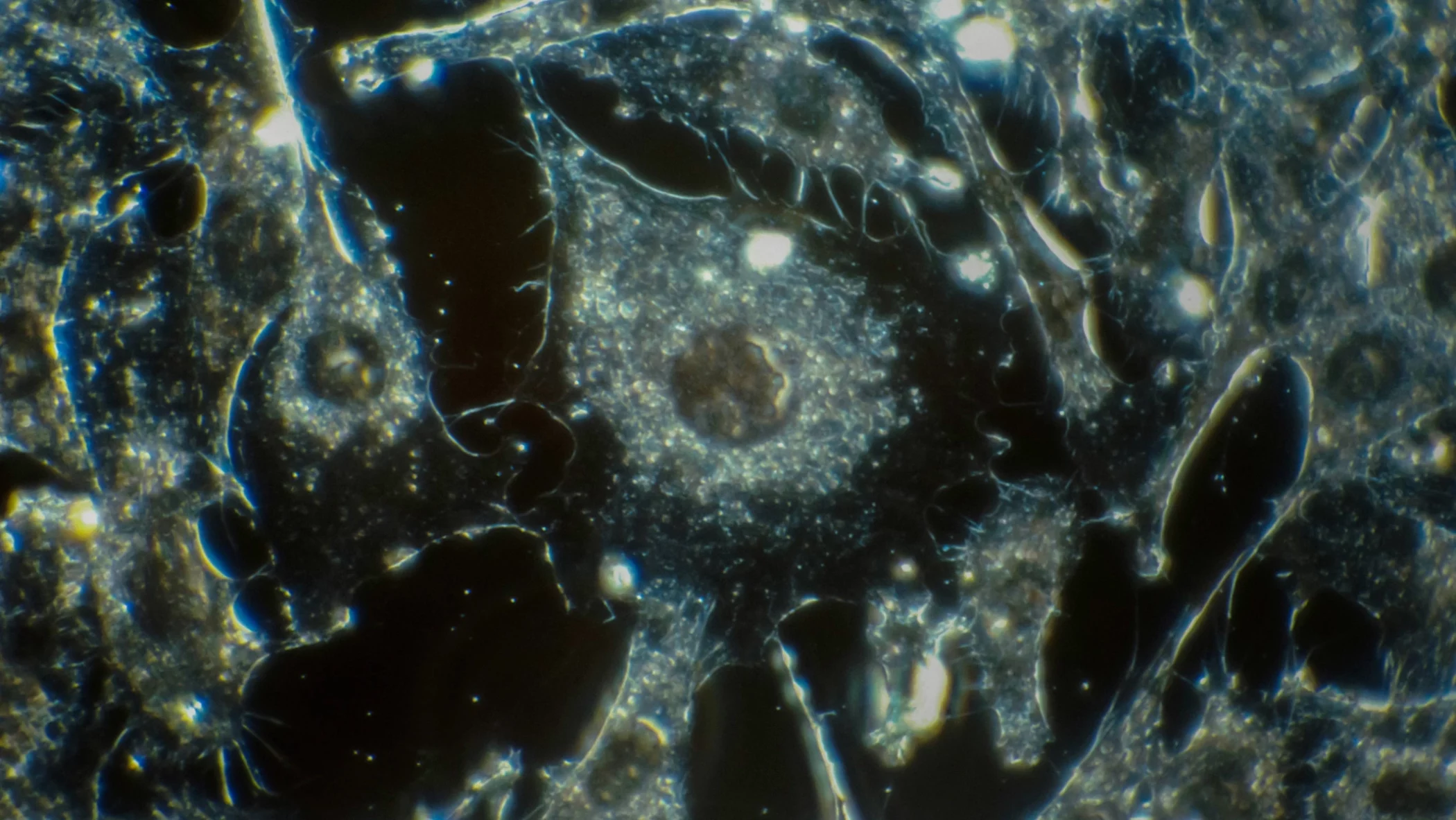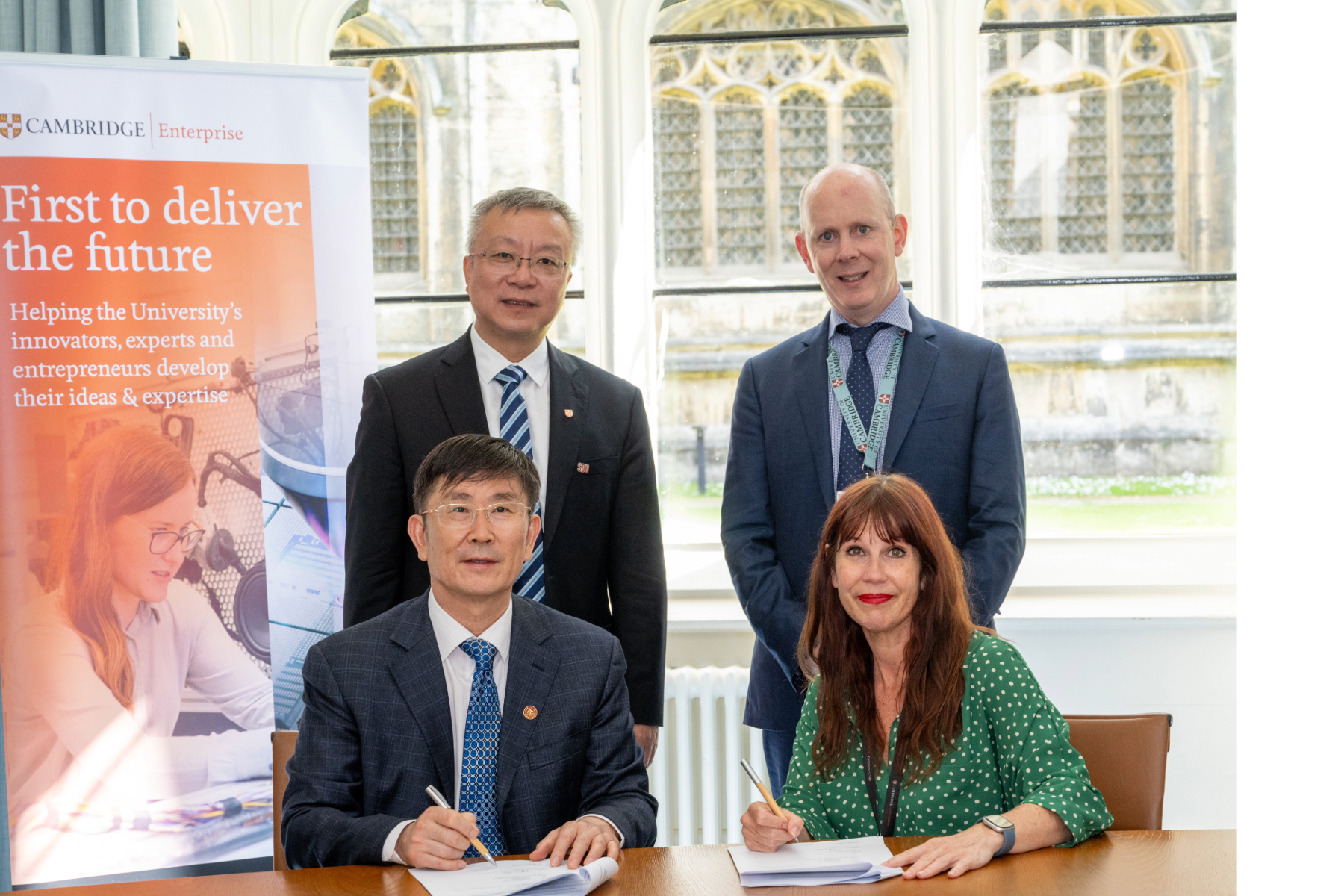Morgan AM&T, a leading advanced materials and technology specialist, has joined forces with a world-leading research team from the University of Cambridge, to guide a new collaborative research project that could lead to vast improvements in the capacity and safety of lithium-ion batteries, which are already widely used in consumer electronics and which are expected to power next-generation electric vehicles and large energy storage devices in the near future.
With funded assistance from the Technology Strategy Board, the project will be led by Morgan AM&T, a UK-based company which specialises in the processing and applications of carbon, graphite and related materials.
The project will build upon the research of Professor Derek Fray and Dr Carsten Schwandt of the Department of Materials Science & Metallurgy, who have developed a unique method for making carbon nanotubes and carbon nanoparticles that can be used in lithium-ion batteries and other applications.
The method developed at Cambridge, coupled with Morgan AM&T’s materials expertise, could lead to a real-world application of nanotubes with a positive environmental impact.
Professor Derek Fray
Carbon nanotubes consist of a special arrangement of carbon atoms. Normally, as in graphite, the atoms are arranged hexagonally and layered in sheets. In nanotubes however, the sheets are rolled up to form minute tubes, only a few atomic dimensions in diameter. The cost of producing nanotubes is high, however, and total worldwide production is currently just 1,300 tonnes per year.
Professor Fray and his colleagues have developed a unique method of producing nanotubes directly from graphite, at much lower cost and at a rate 2,500 times faster than current methods. This could make the wider use of nanotubes in various structural and chemical applications possible in the near future. In addition, it has been shown that this method can produce carbon nanoparticles that contain significant amounts of tin. This may open up new possibilities in the development of lithium-ion batteries.
Rechargeable lithium-ion batteries are already widely used in consumer electronics, such as laptop computers and mobile phones. They are also expected to be in wide use for the next generation of electric vehicles, and are currently the only energy storage medium that can meet global demand for electric cars until 2050. However, battery performance must be improved in order to support such widespread use. In lithium-ion batteries the electrical current is carried by lithium ions, and the energy capacity of the battery is limited by the amount of lithium that can be stored in the anode.
It is known that the use of tin or silicon in anode materials significantly increases the amount of lithium stored in the anode. However, the insertion and de-insertion of substantial quantities of lithium during charging and discharging is associated with very large volume changes in these materials. These volume changes cause the anode material to break up, so that the performance of the battery decreases after a small number of charge-discharge cycles. Currently, there is no satisfactory material containing tin or silicon that can be used within the anode of the batteries that does not change volume significantly as lithium is stored in it.
It is believed that tin-filled carbon nanoparticles produced by Professor Fray’s method could be the solution to this problem and potentially provide the necessary performance enhancements in battery capacity. It is also intended to use the new process for the production of silicon-filled particles which could enhance battery performance even further.
“Using our method we can create a product that contains 80% carbon nanotubes or filled nanoparticles,” said Professor Fray. “We have carried out experiments that show that our material can store significant amounts of lithium with minimal change in volume, and we believe that this material has the potential to greatly increase the capacity of lithium-ion batteries.”
In this project, Morgan AM&T will optimise the graphite for use in the process, while the Cambridge team will optimise the process as well as commission and install a scaled-up demonstrator reactor. Morgan AM&T will then validate the carbon nanomaterials for routine use in lithium-ion batteries and other applications.
“The difficulty in producing mass quantities of carbon nanotubes and other carbon nanomaterials has so far prevented their widespread adoption in many applications,” said Dr Margaret Wilkinson of Cambridge Enterprise, the University’s commercialisation group. “However, the method developed at Cambridge, coupled with Morgan AM&T’s materials expertise, could lead to a real-world application of nanotubes with a positive environmental impact.”
This project is one of 43 funded by the Technology Strategy Board in their Technology Inspired Collaborative Research and Development funding competition.
Photo credit: Matt Brown











